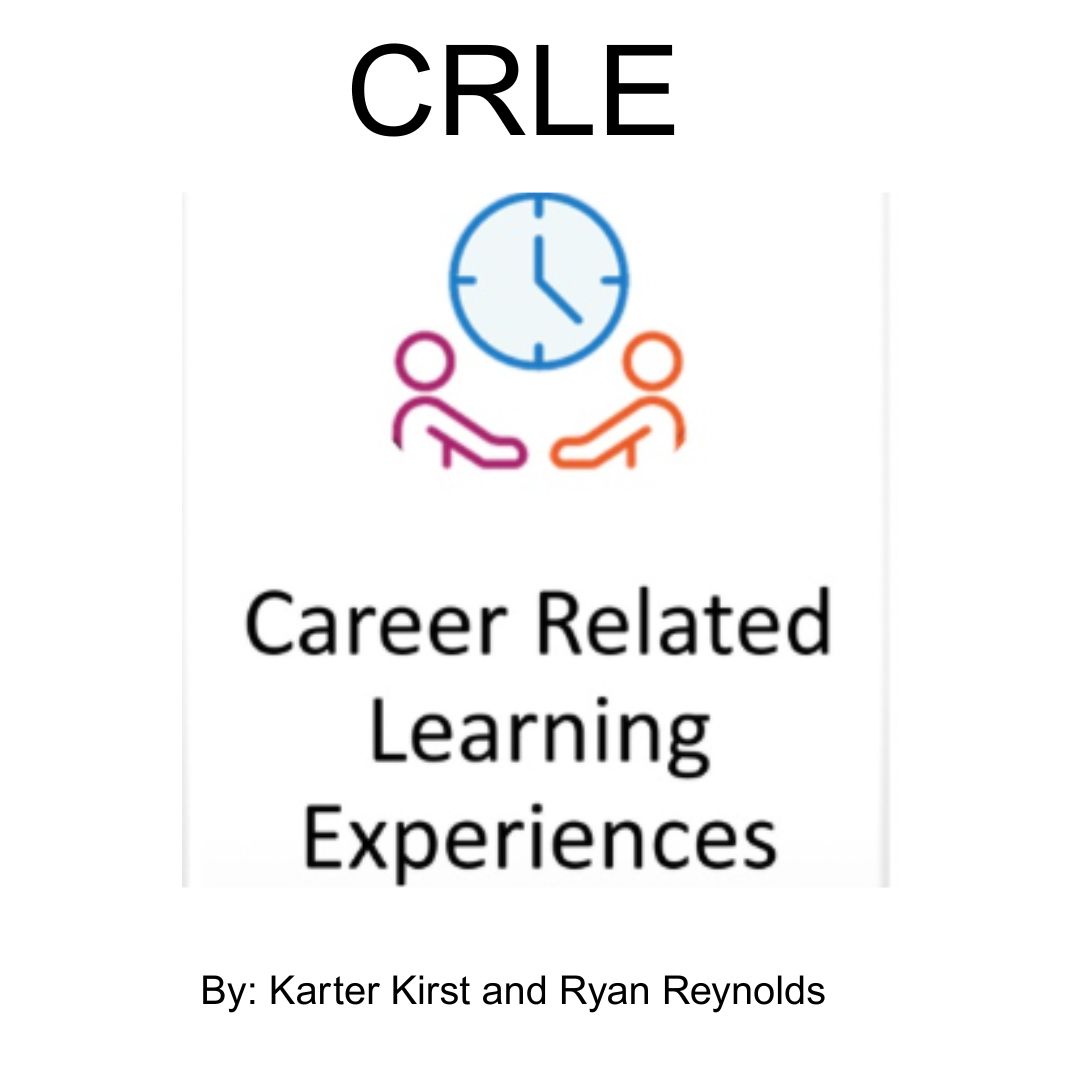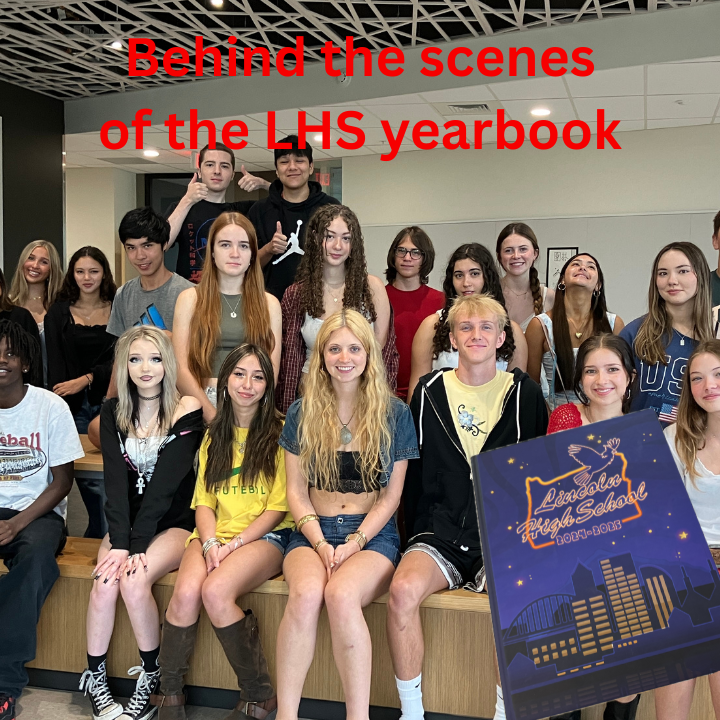Editorial Board: Are quarantined students being left behind?
September 30, 2021
As of Sept. 22, 1123 students in the Portland Public Schools (PPS) district have been required to quarantine or isolate.
Those who test positive for COVID-19 must quarantine for a minimum of 10 days, regardless of vaccination status, while those who come in contact with someone who has tested positive may have to isolate, depending on factors such as “vaccination status, length of exposure, age of the ‘close contact’ and whether face masks were worn during the interaction with the infected party,” according to an article by KGW.
Two Lincoln students have tested positive for COVID-19 since the beginning of the school year.
On Sept. 14, PPS ratified a 5-page agreement with the Portland Association of Teachers (PAT) union laying out COVID health and safety guidelines for the year. We take issue with guideline No. 8: “No educator shall be required to offer both distance learning and in-person instruction simultaneously.”
With COVID cases on the rise, and cold and flu season fast approaching, we can expect even more students will have to begin staying home without the same level of at-home support provided last year.
It is unfair, and inequitable, to expect students who are unable to attend in-person school for extended periods of time to instruct themselves on concepts being taught in the classroom. Students need at-home support.
In an email to The Cardinal Times, Principal Peyton Chapman explained what at-home distance learning may look like this year.
“Generally speaking, teachers will post assignments in Canvas with links to instructions and materials for students to complete at home. Parents can also request that materials be printed for pickup here in the office. Right now, PPS is not requiring teachers to film classes for at-home participation,” she wrote.
The current plan set in place by PPS isn’t a sustainable one. Quarantined students could lose up to 70 hours of in school instruction. An entire unit of study can be covered in a class in that time.
Extended absences will affect students differently, but the harm to their education remains the same. The workload presented in two weeks can build up fast, and, by falling behind in those classes, stress can build up quickly too. For students already having a hard time keeping up with their work, being left to their own devices could make it even more difficult to understand key concepts and catch back up when they return to school.
If classes were filmed and put on Canvas at the end of each day, isolated students could tune in from home and keep up to the best of their ability, similar to hybrid classes last spring. This would reduce stress and help students stay up-to-date in their classes.
The district already has the resources– and students have the technology– to employ a sustainable and realistic at-home approach to learning. One that could actually keep students connected to their classes while they are quarantined at home.
The fear of falling behind in work and the dread of missing out on in-person interactions with peers and teachers are real. We need to find a way to ensure quarantined students receive equitable education while keeping students and staff at school as safe as possible.
This starts with making all classes available to all students, even those who are stuck at home.
If you have any thoughts or opinions on this issue, we encourage you to email them to [email protected].



